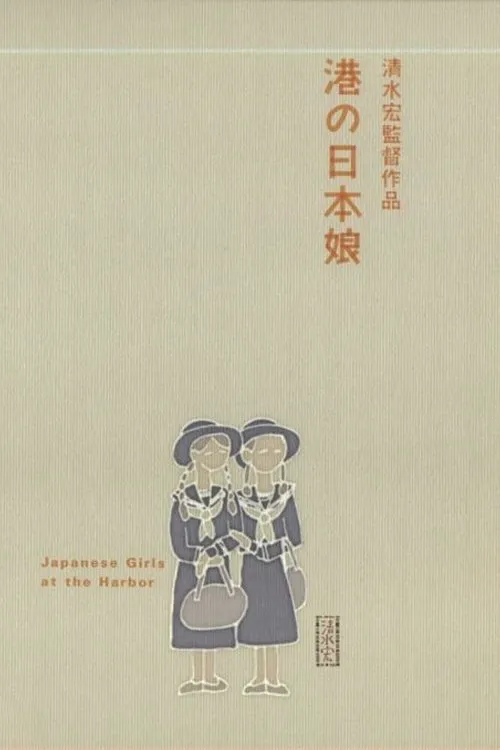Japanese Girls at the Harbor

Plot
Japanese Girls at the Harbor is a poignant coming-of-age drama set in the vibrant port city of Yokohama, Japan in the 1960s. At the heart of the film are two young friends, Sunako and Dora, who attend a Christian school and share a deep connection. Their friendship is forged in the midst of the chaos and excitement of the post-war era, as Japan begins to rebuild and transform itself. As the story unfolds, the two girls are navigating the complexities of adolescence, struggling to find their place in the world and define their own identities. They are drawn to different worlds, with Sunako, in particular, feeling restricted by the strict rules and expectations of her school and family. Dora, on the other hand, represents a more carefree and spontaneous spirit, embracing the freedom and adventure that life has to offer. Their lives are turned upside down when Henry, a charismatic and enigmatic young man, bursts onto the scene. He is a free-spirited motorcyclist who embodies the spirit of the era, with its emphasis on rebellion and nonconformity. Henry's arrival sets off a chain reaction, drawing Sunako into a world of excitement and danger that she cannot resist. As Sunako becomes increasingly drawn to Henry, her friendship with Dora begins to fray. The two girls were once inseparable, but now they find themselves on different paths, with Sunako's life changing in unforeseen ways. The once-strong bond between them is tested by their respective interests, and the film captures the pain and heartache that inevitably follows. Meanwhile, Dora is left to pick up the pieces, struggling to understand why her friend has abandoned her for the thrill-seeking world of Henry. She is left to navigate the complex emotions that come with losing a close friend, and to confront the reality that Sunako's desire for adventure and excitement has changed her in ways that Dora cannot relate to. Throughout the film, the director masterfully captures the tensions and conflicts that arise from the changing circumstances of the two girls' lives. As they face new challenges and responsibilities, they must also come to terms with the consequences of their choices and the consequences of their choices on their friendship. As Sunako becomes more entrenched in Henry's world, the lines between loyalty and freedom become increasingly blurred. She must confront the reality that her actions may damage her friendship with Dora and strain the relationships with her family and teachers. The pressure to conform and maintain relationships becomes a significant strain on her young life. As the story reaches its climax, we are left to wonder about the long-term consequences of Sunako's choices. Will she be able to reconcile her desire for independence and adventure with the needs and expectations of those around her? Or will she be forever changed by her experience with Henry, sacrificing her relationships and her sense of self in the process? The film ultimately raises more questions than it answers, leaving the audience to ponder the implications of the characters' choices and the complexities of growing up in a rapidly changing Japan. But perhaps, that is the true power of "Japanese Girls at the Harbor," a poignant and thought-provoking coming-of-age drama that continues to resonate long after the credits roll.
Reviews
Recommendations



